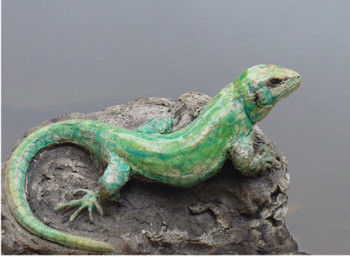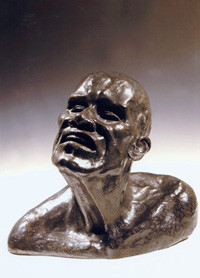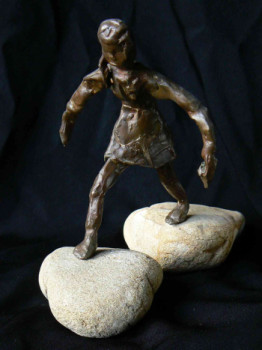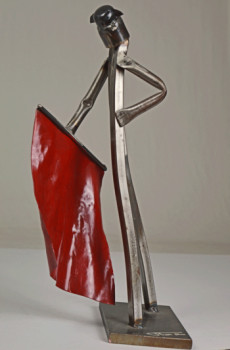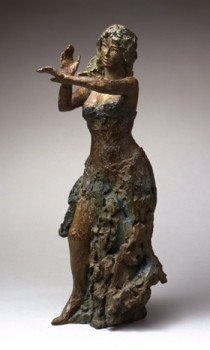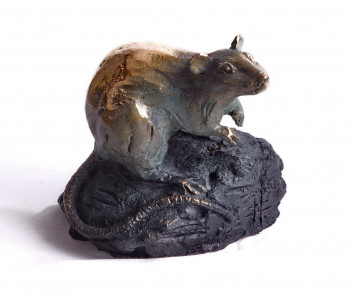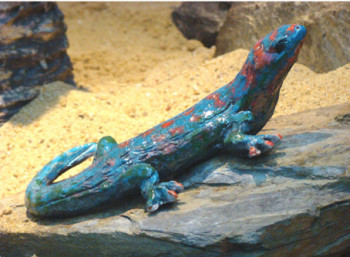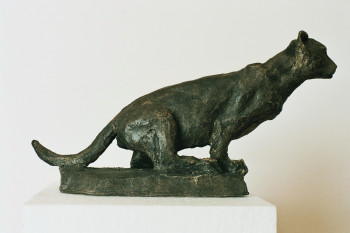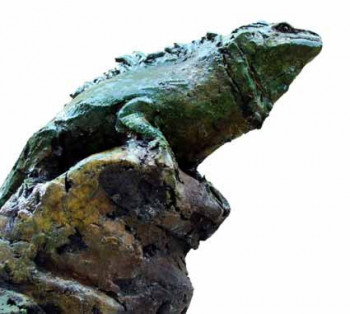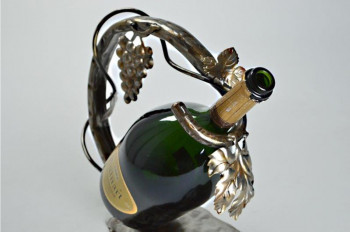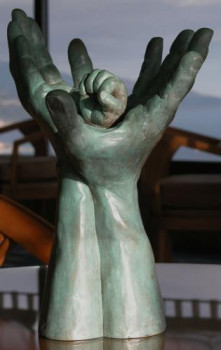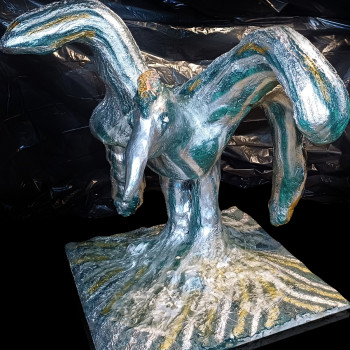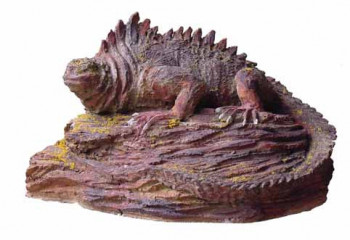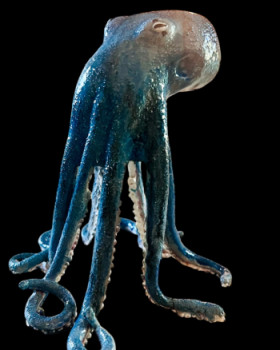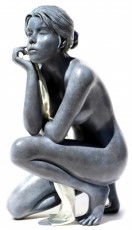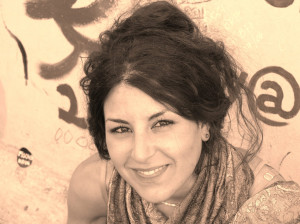
Bourgeois, the use of art to channel the pain of trauma linked to childhood
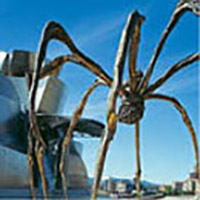
Louise Bourgeois is a artist sculptor surrealist and second-generation feminist. Although she was born in France in Paris, Bourgeois is one of the most important artists of the late of the 20th and early 21st centuries. As a sculptor, she channels her pain into her art in order to create different sculptures which deal with his traumas linked to childhood such as Fillette/Young Girl (1968) or The Destruction of the Father (1974). Let's set out to discover this icon of feminist art who has always claimed her work as "non-gendered".
Bourgeois's childhood
Louise Bourgeois was born in Paris on December 25, 1911 in a family of antique dealers. She is the youngest child of Louis Bourgeois and Joséphine Fauriaux. Both coming from Aubusson, the French tapestry region, they had opened a gallery of old tapestries. During the First World War (1914-1918), his father was sent to France. on the forehead. The mother of this young sculptor will have difficulty living these years and will infect Bourgeois with her anxieties. When the war ended, the family settled in the Paris suburbs near Paris. Choisy-le-Roi. His parents opened a tapestry restoration workshop. The artist sculptor would have drawn the missing parts to help his parents.
From mathematics to science art
The future sculptor did not immediately choose art as her vocation. She first studied mathematics and geometry at home. the Sorbonne in 1930, considering that his subjects allowed him to obtain «peace of mind, only by the study of rules that no one could change ». The death of his mother in 1932 encouraged him to decide. abandon mathematics and geometry to move towards art and art history.
From 1935 to; 1938, the future sculptor will study art in several schools such as the Atelier Roger Bissière, the Académie d'Espagnat, the Ecole du Louvre , the Academia de la Grande Chaumière and the Ecole Nationale Supérieure des Beaux-Arts, the Municipal School of Drawing and Art, the Académie Julien. During one of her classes, her work is seen by one of her teachers, François Léger, a cubist master, who explains to her that she is not a a href="https://www.artactif.com/artistes/peintre/">painter, but a sculptor artist.
Meeting her husband
In 1938, Bourgeois opened an art gallery with a printing house. next to it from his father's tapestry gallery. She exhibited many artists there such as Suzanne Valadon, Henri Matisse and Eugène Delacroix. Passing through Paris, Robert Goldwater, an American art historian, enters his gallery at a glance. the search for a Picasso print. They get married the same year and the sculptor artist leaves with her husband to settle in Paris. New York. In fact, the latter taught abroad; University New Yorker.
A year later, the couple returned to France to adopt Michel. In the two years that followed, Bourgeois gave birth to Jean-Louis and Alain. In three years, the sculptor became the mother of three boys, she produced a series of paintings Femme-Maison between 1945 and 1947 where naked female bodies were destroyed. replaced by architectural forms (houses, buildings, etc.).
A life as a wife, a career-minded mother
The beginning of the 1940s is difficult for the sculptor who is experiencing a transition to a new country and who strives to ;enter the world of New York exhibitions. She creates her sculptures in style. from driftwood and waste in order to carve vertical wooden works. It hides wood impurities inside and out. He uses paint and uses nails to create scratches and holes to depict an emotion on his sculptures. Among this type of work, we can identify Sleeping Figure (1950) which represents a war figure who, due to his vulnerability, finds himself unable to fight. to face reality. The sculptor uses her past to create to find inspiration there. Indeed, her work is influenced by the traumas of her childhood: a domineering and womanizing father whom she had the opportunity to surprise with her English nanny.
Gradually, she obtained greater artistic confidence and the artist-sculptor opened her first personal exhibition on June 4, 1945 in Paris. the Bertha Schaefer gallery at New York. However, this does not attract enough attention. Two years later, she held another personal exhibition in the same city in New York. the Norlys Gallery. The sculptor's father died in 1951.
The subject of the sculptor artist was clearly feminine
Even though she rejects the idea that her art was feminist, many works attest to the contrary such as Femme-Maison, 1946- 1947, Self-portrait torso, 1963-1964 or even Arch of Hysteria, 1993 which all represent the female body. By exploring the emotional impact of his troubled childhood, as well as the man-woman relationship, Bourgeois offers more sexual imagery. Her sexually explicit sculpture, Janus Fleuri (1968) makes it clear that she was not afraid to use the female form in new ways in display. However, the sculptor will specify «My work deals with problems that are prior to gender [...] For example, jealousy is neither masculine nor feminine ;minine.». However, this will not prevent you from doing so. this sculptor to become an icon of the feminine artistic movement. Although this sculptor inspired many young students at moving towards art of a feminist nature, a friend of Bourgeois, Jerry Gorovoy, specified that she considered her work as «pre-gender».
The Sculptor's Confession
The sculptor's husband died in 1973. The same year, Bourgeois began to work on his work. teach painting and sculpture in various American schools. She was responsible for creating her first public sculpture in 1978: Facets of the Sun which will be installed at the University of Chicago. outside of a federal building in New York Manchester. In 1982, the Museum of Modern Art in New York produced the first retrospective of this sculptor. It’s the continuation of this retrospective that this sculptor admits during an interview granted to Artforum that his work is part of confessional art. Indeed, she confides that her sculptures are autobiographical in the sense thatù her art makes her obsessively relive the traumas she suffered as a child and in particular the discovery of the affair between her father and his English nanny. Subsequently, Bourgeois had numerous retrospectives to talk about his paintings and his sculptures. The works of this sculptor have been widely appreciated. selected in 2000 to be presented at the opening of the Tate Modern in London. London. A year later, she exhibited her sculptures at the Hermitage Museum.
During the last year of her life, she created numerous sculptures to support the community. LGBT and to defend their equality. She created the sculpture I Do for the organization Freedom to Marry, declaring that: »Everyone should have the right to marry. Commit to loving someone forever is a magnificent thing.»
Bourgeois died of heart failure on May 31, 2010.
Découvrez quelques oeuvres inspirées de Bourgeois
